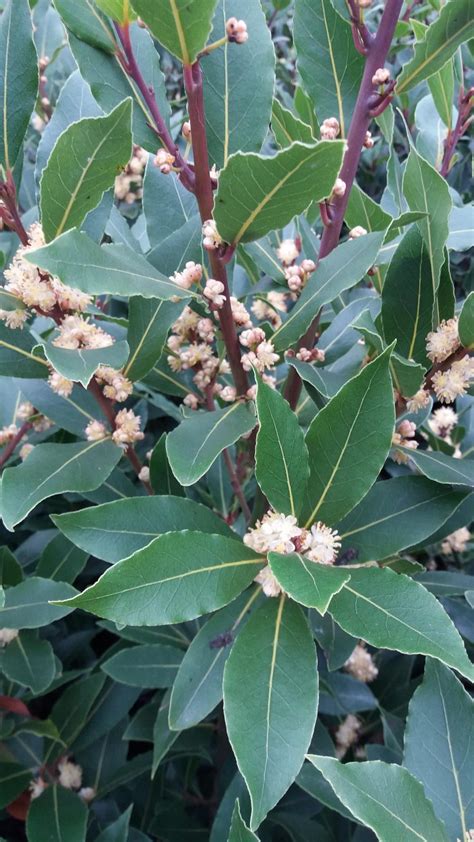Laurus Nobilis Plant. Line drawing, not necessarily to scale. Laurel, bay laurel, sweet bay and others.

For garden purposes, it is often pruned to 8’ tall or less. It’s slightly tender when young and benefits from shelter and protection in winter. It’s an essential foliage plant for herb gardens, its leaves commonly used in curries and as part of a bouquet garni.
84 Bay Laurel, Sweet Bay, True Laurel, Grecian Laurel,[3] Or Simply Laurel.
At his death in 1910, at the request of his family, a bay wreath was the only adornment for mark twain's coffin. Laurus nobilis, commonly called bay laurel, is native to the mediterranean. The stems bear dense, pointed, elliptical leaves, rather leathery in texture, bright green when young and darker green when mature.
Suitable For Containers Or Growing In The Ground.
Nobilis is a large, erect evergreen shrub with aromatic, narrowly ovate, leathery leaves useful in cooking. Popular dense, glossy green leaved evergreen tree with yellow summer flowers. Sweet bay is an evergreen tree or shrub in the laurel family native to the mediterranian area.
Laurus Nobilis Bay Tree, Bay Laurel, Native:
Laurus nobilis is an aromatic evergreen tree or large shrub with green, glossy leaves, native to the mediterranean region. Plant parts of laurel (l. The bay tree is a very ornamental plant[1] that is often cultivated for its leaves which are used as a food flavouring.
When Bruised, The Leaves Release A Sweet Aromatic Scent[245].
Laurel, bay laurel, sweet bay and others. Plant uses attract beneficial insects. In ancient greece, one of the highest honors one could receive was a wreath made from bay.
A Plant Of Much Renown And Lore, Bay Is An Essential Culinary Herb With A Long History.
It is one of the plants used for bay leaf seasoning in cooking. It’s slightly tender when young and benefits from shelter and protection in winter. It is prized for its aromatic, narrowly ovate, leathery leaves, up to 4 in.
